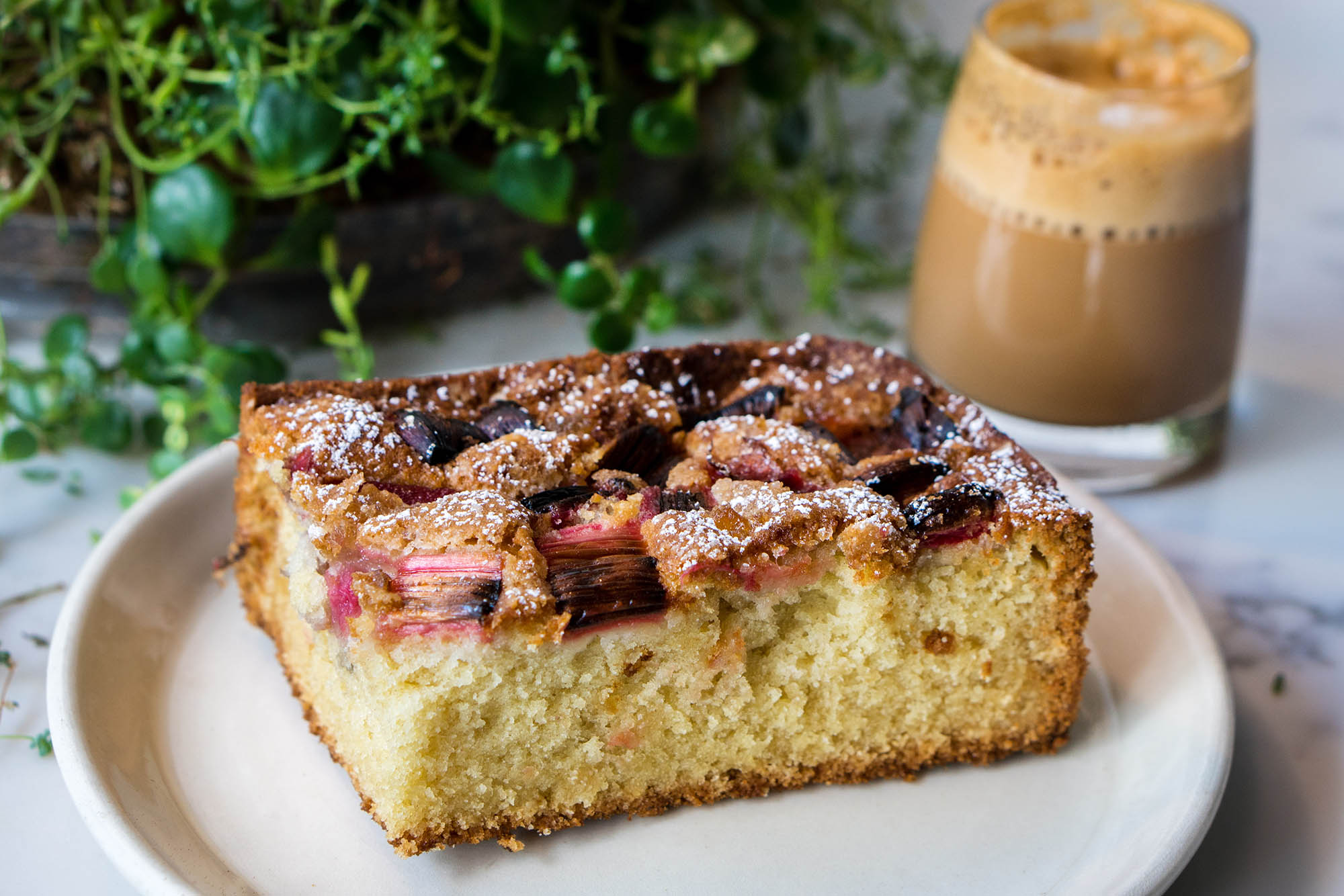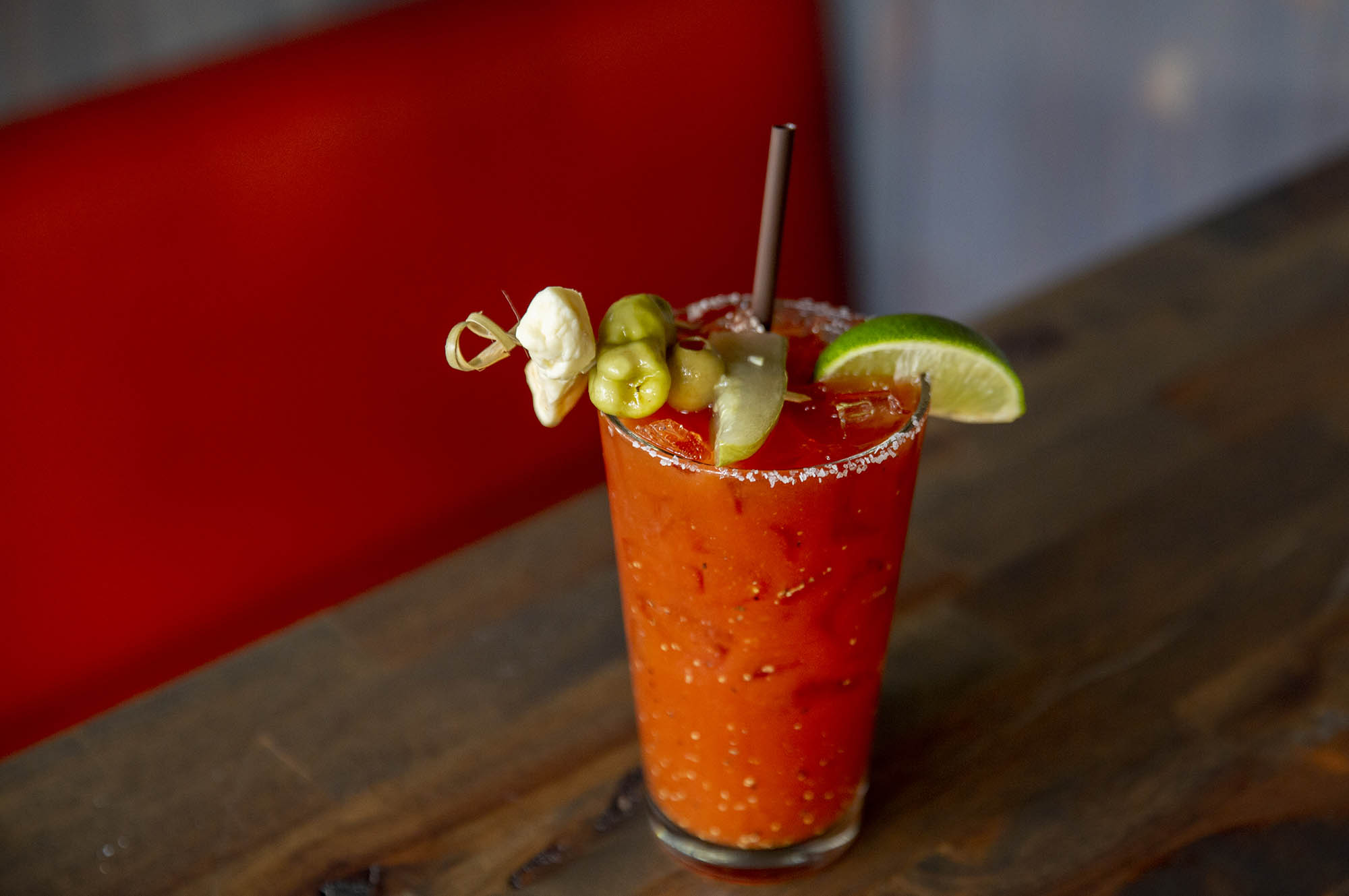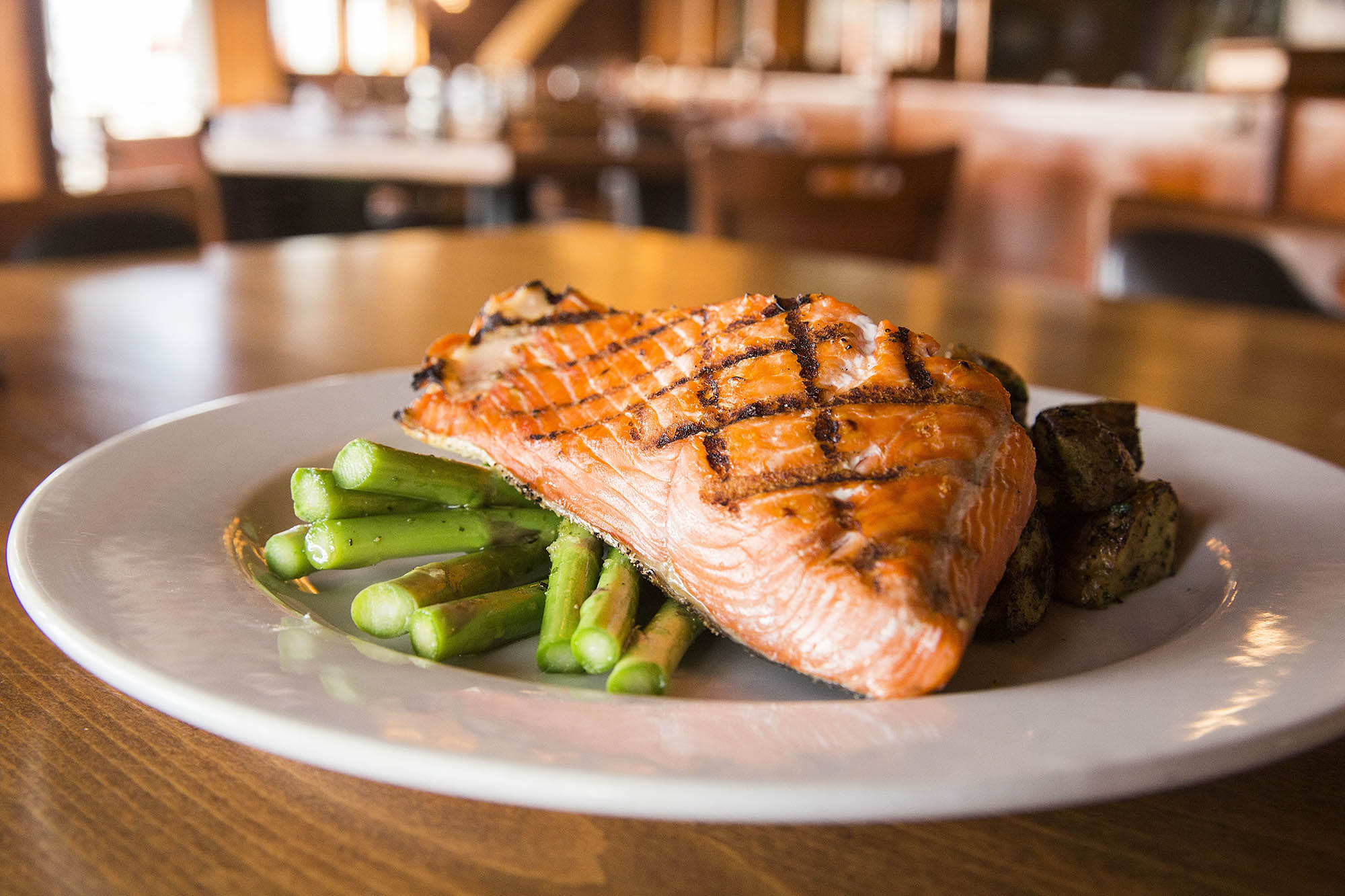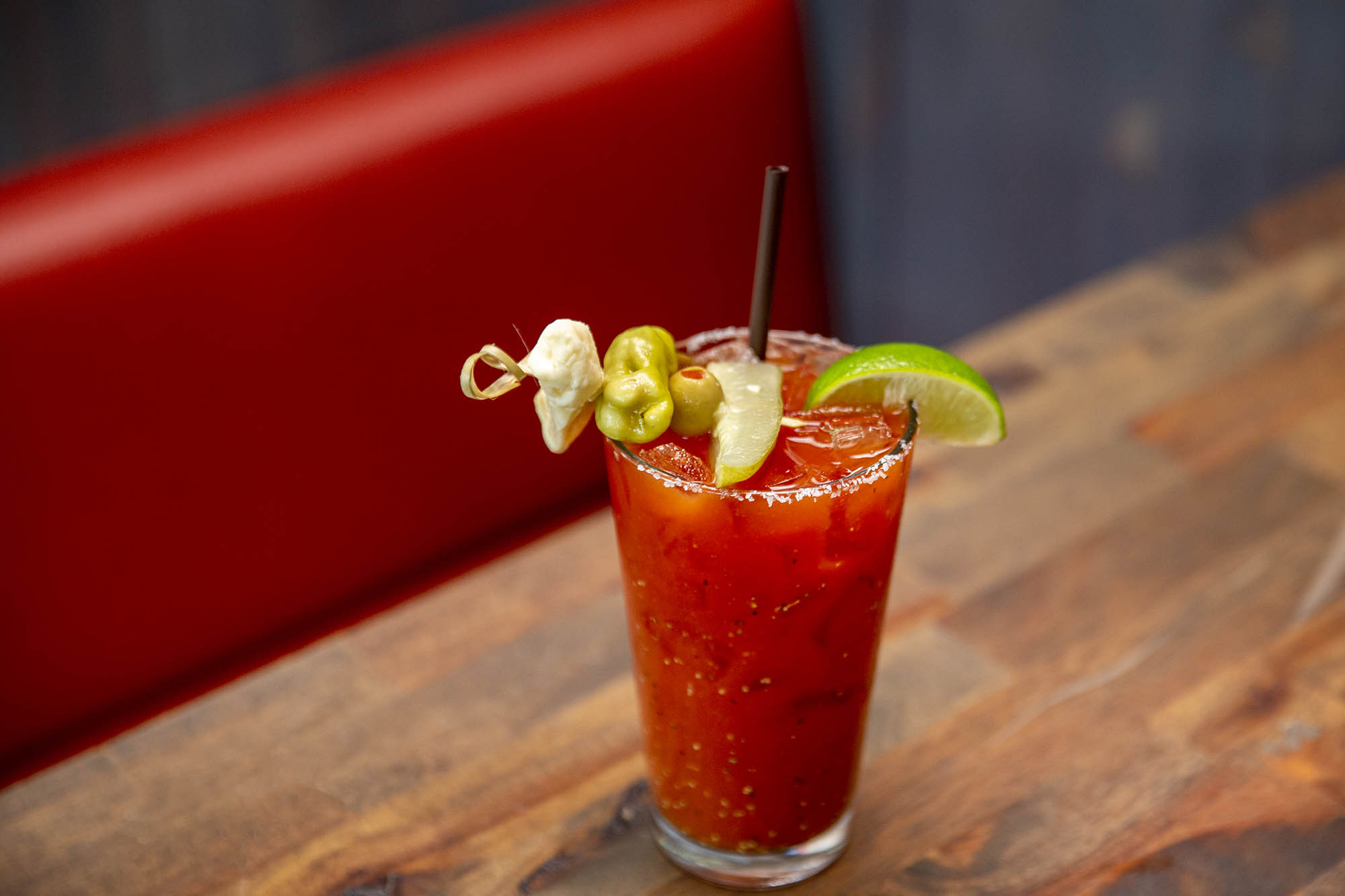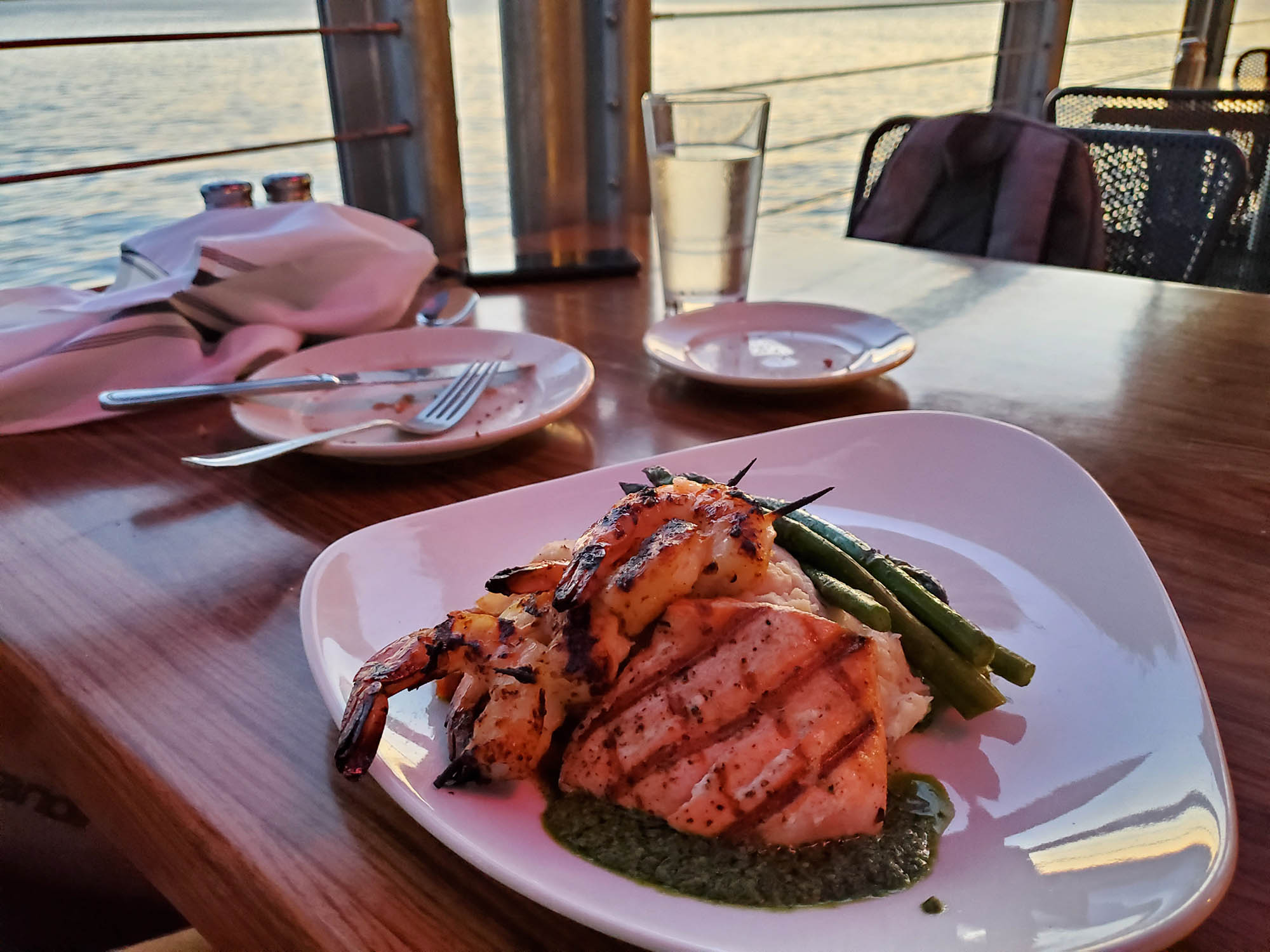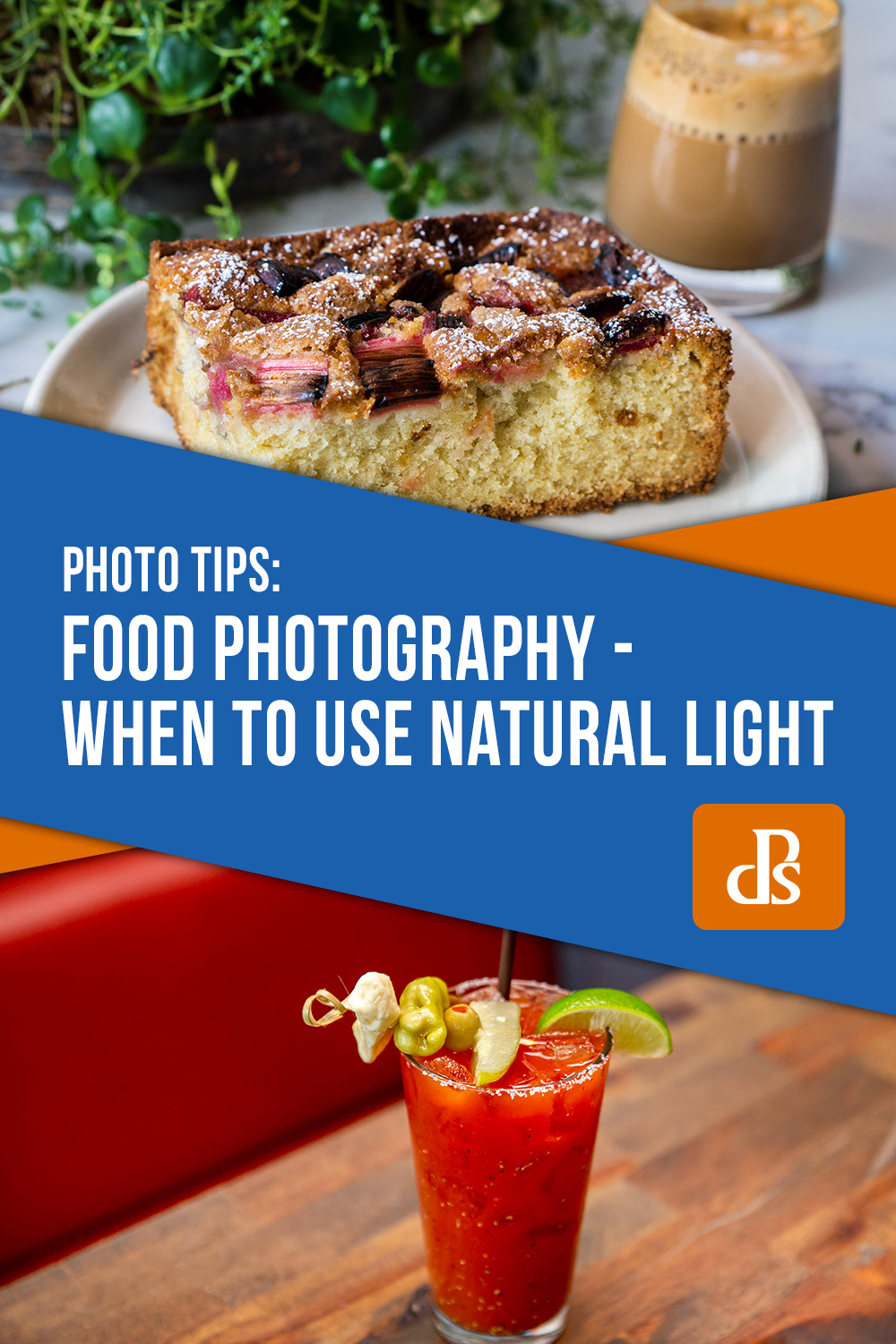Introduction
Food photographers, whether professionals or amateurs, understand the significance of natural lighting in capturing drool-worthy food photos. However, it is important to know when and how to utilize natural lighting to achieve the desired results. In this comprehensive article, we will explore what natural lighting is and how it impacts your food photography, both positively and negatively.
What is natural lighting?
Simply put, natural lighting refers to the light produced by the sun. It creates a natural and authentic feel to your photographs. Another related term is ambient light, which refers to the available light in a given environment. If the photographer’s equipment does not produce light, the ambient light can be considered as natural light. In most parts of the world, natural light is abundant and readily available, making it a popular choice among photographers.
Two types of natural lighting
When it comes to natural lighting, there are generally two distinct types that you need to be aware of in order to effectively utilize it in your photography. Familiarizing yourself with these different patterns of sunlight is crucial as it influences the style and outcome of your images. Depending on your location, you may have more of one type over the other, and you may need to adjust your photography style accordingly.
Direct light
Direct sunlight refers to the light that creates harsh shadows and high contrast in your images. It is most prevalent in cloudless environments during midday when the sun is at its peak. This type of lighting produces very intense light and sharp shadows. The color of the light varies depending on the time of the day, with midday light being a neutral white and late afternoon light having a warmer golden tone. If you want to emphasize dramatic shadows and high contrast in your food photos, direct light might be your preference.
Diffused light
Diffused light occurs in cloudy or overcast environments where natural light appears softer and shadows are less pronounced, resulting in a low contrast look. Most photographers tend to prefer diffused lighting as it complements a wide range of subjects, making them look good in photos. If you have access to direct light, you can also soften it by using devices like a shoot-through reflector. This helps in achieving the desired effect of diffused light even in situations where direct light is overpowering.
What about artificial lighting?
While natural lighting is often preferred, artificial lighting is another option that photographers can explore. Artificial lighting refers to the light produced by equipment such as speed lights or strobes. It is worth noting that most forms of artificial lighting aim to mimic natural lighting. For instance, a bare flash without a diffuser can emulate direct light, while a flash with a softbox creates diffused light. Understanding natural light and its impact on your creative style can be beneficial even if you plan to utilize artificial lighting in your photography.
When to use natural light for food photography
Deciding when to use natural light depends on your desired creative output. If you prefer food photos with vibrant colors and well-defined shadows, then direct light and a cloudless, full-sun day are ideal. However, if you want evenly lit photos with soft, diffused lighting, a cloudy day or using a reflector to soften direct light might be the better choice. Consider your photography style and the weather conditions when planning your shoots in order to maximize the potential of natural light.
Before determining your desired creative style, it is important to assess the weather conditions. If you have a specific type of natural light in mind, you may need to plan your photo shoot around weather patterns. Alternatively, you can bring additional gear, such as reflectors or diffusers, to compensate for any natural lighting shortcomings.
When you may not want to use natural light
There are certain times of the day when natural lighting may not be suitable for food photography. These include the blue hour and the golden hour. These hours are particularly favored by landscape photographers as they offer the most dramatic lighting in the sky. However, for food photography, these lighting conditions may not be ideal. The blue hour and golden hour emit different colored light, which can affect the colors of your food. While some adjustments can be made in post-production, most food photographers prefer shooting with neutral daylight to maintain the natural colors of the food.
In Conclusion
Generally speaking, using natural light is the simplest and most straightforward solution for photographers. It is abundant, readily available, and can be harnessed to create stunning food photographs. However, understanding different lighting patterns throughout the day and knowing when and how to utilize natural light effectively will take your photography to the next level. Reflectors, diffusers, and other tools can be used to enhance the impact of natural light. Whether you prefer natural light or artificial light, having a solid grasp of lighting techniques will undoubtedly elevate your food photography skills.
Now it’s your turn! Do you prefer working with natural light or artificial light in your own photography? Share your thoughts and experiences in the comments below!
The article is compiled and compiled by tipcamera.com


